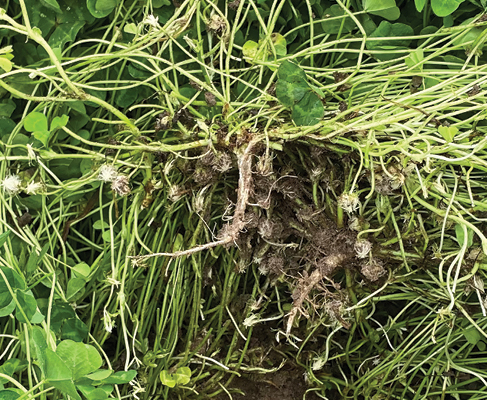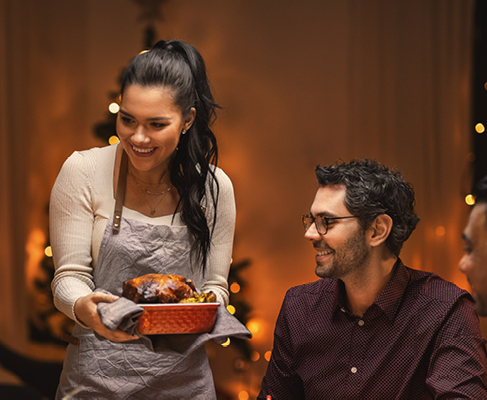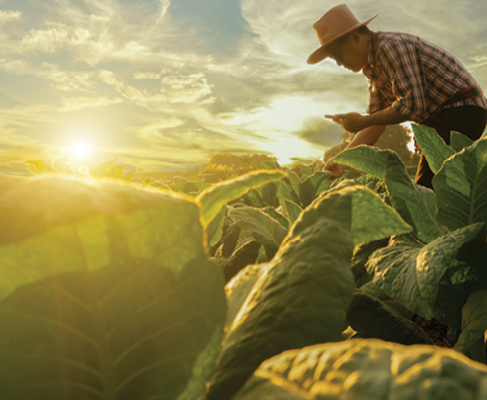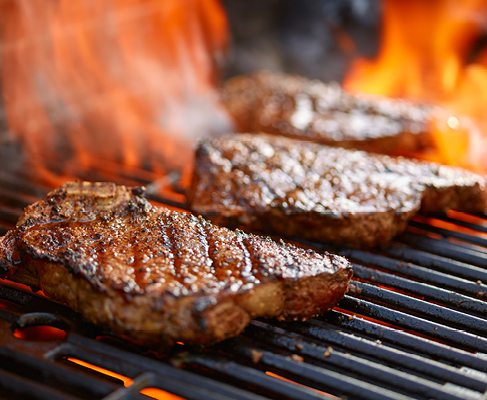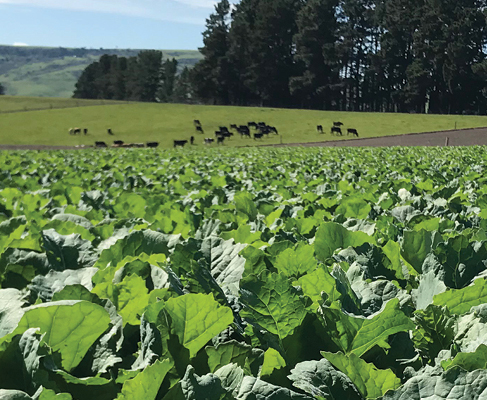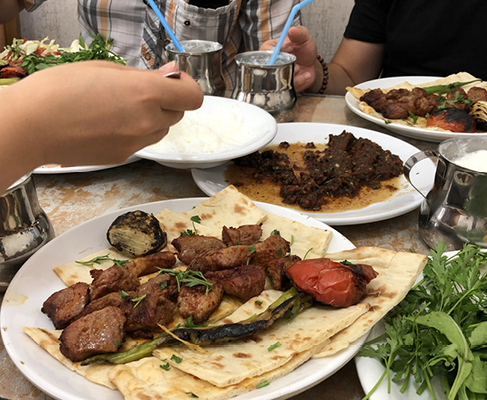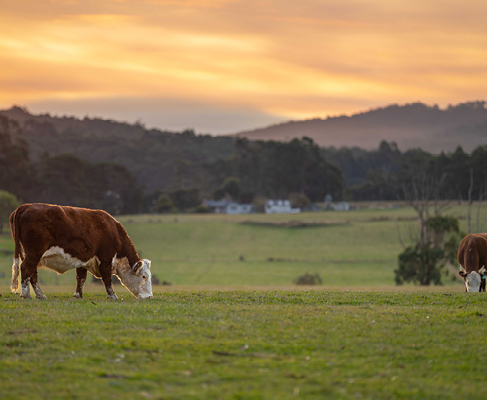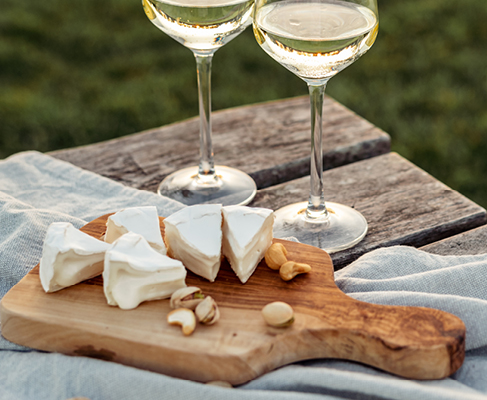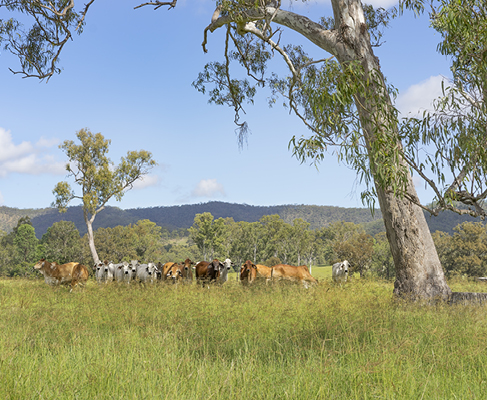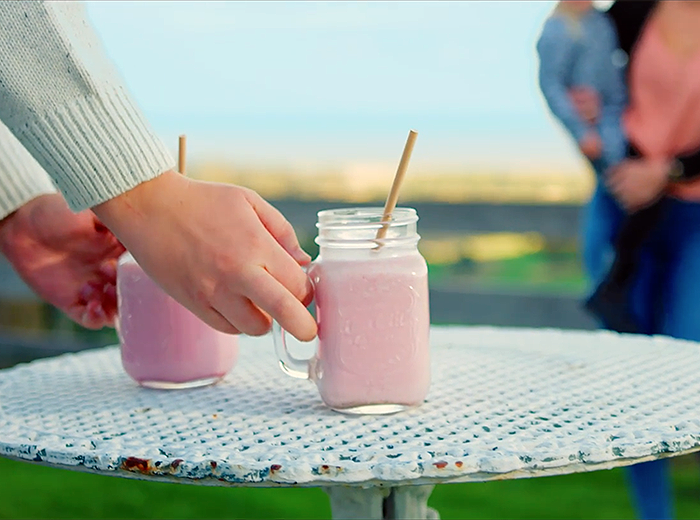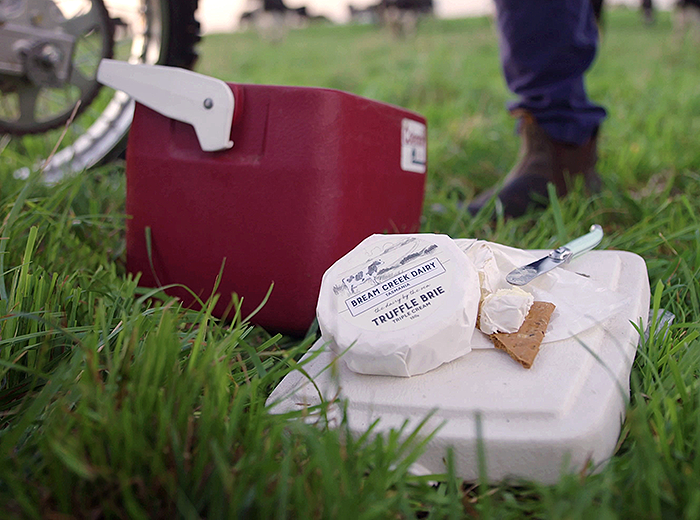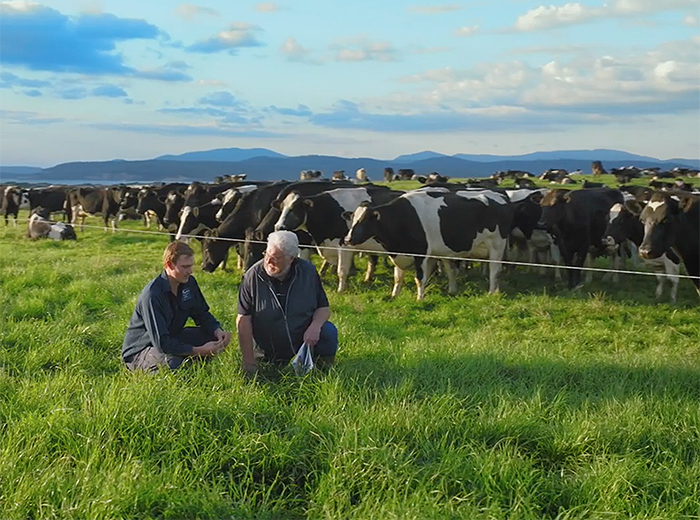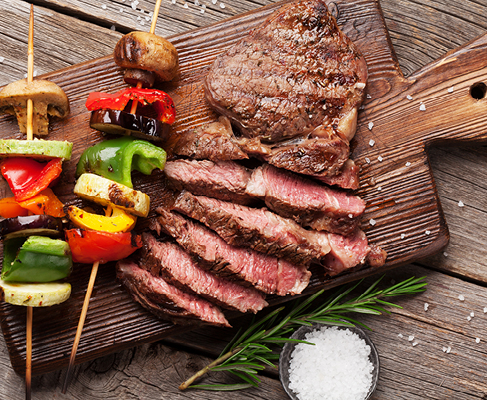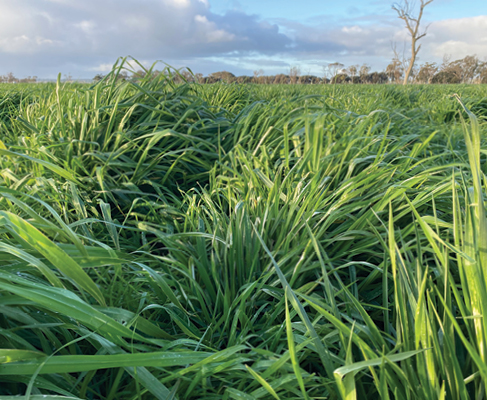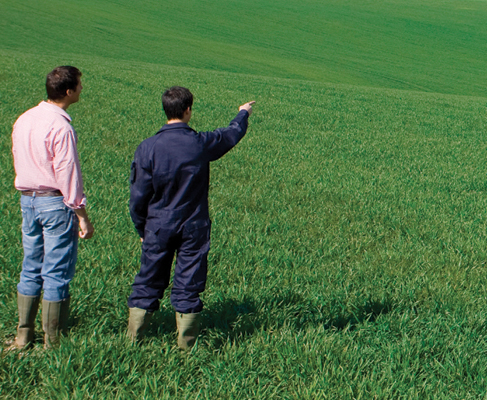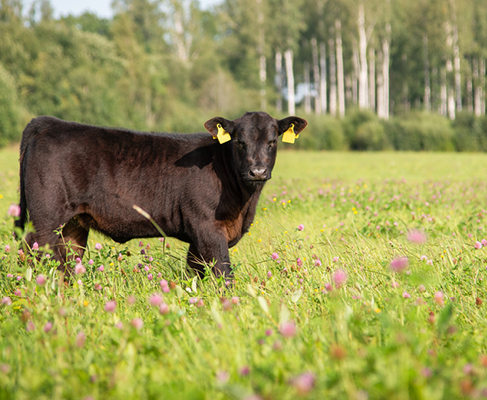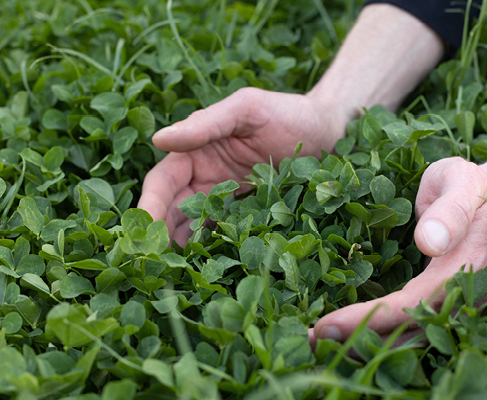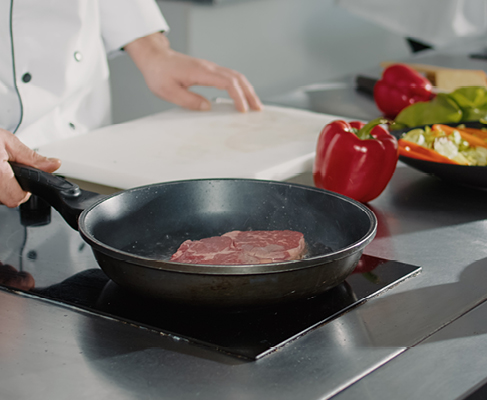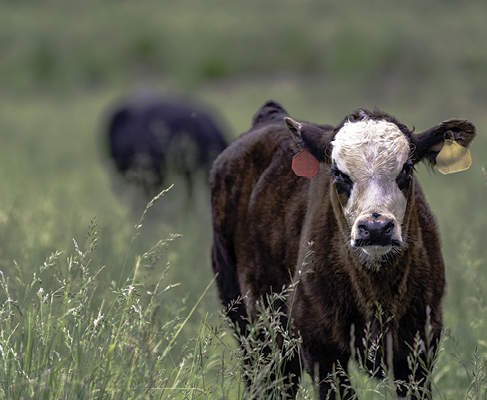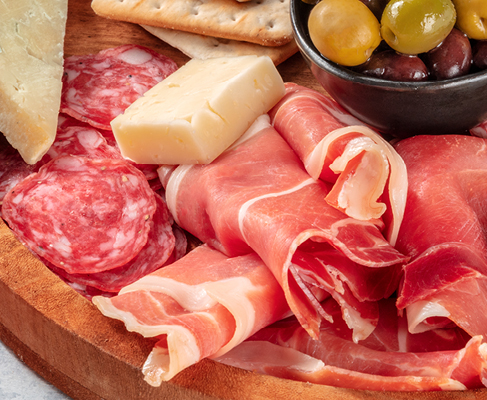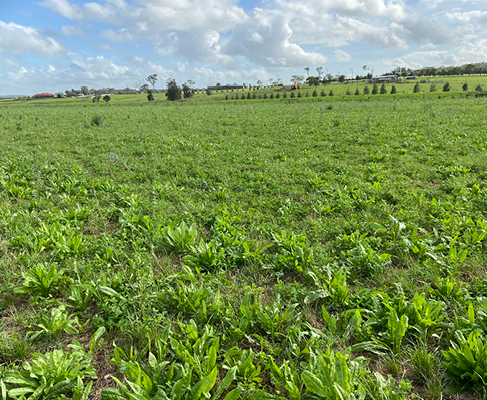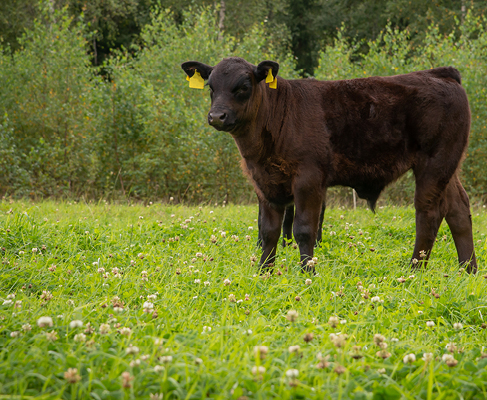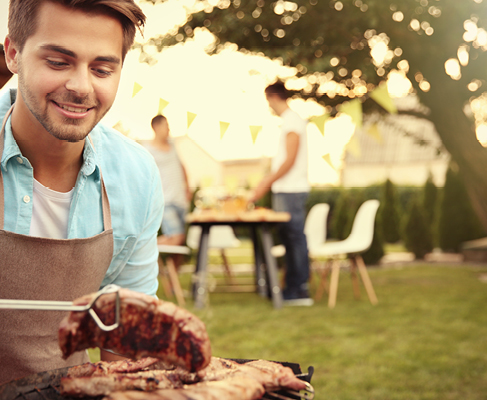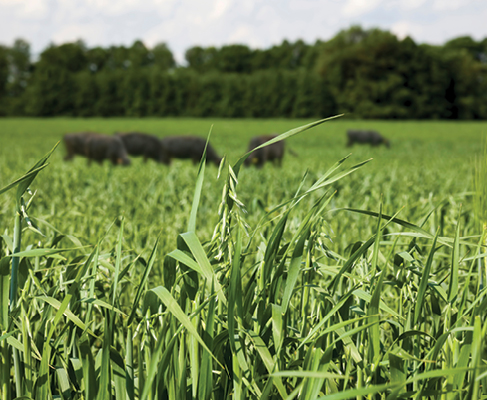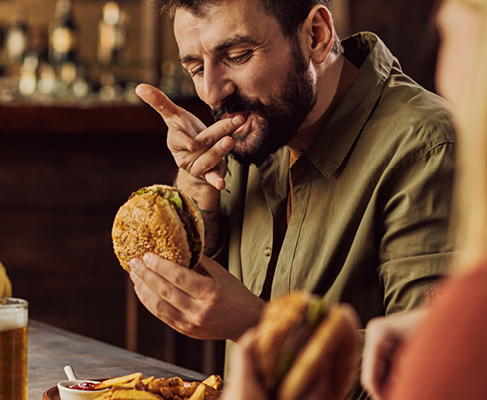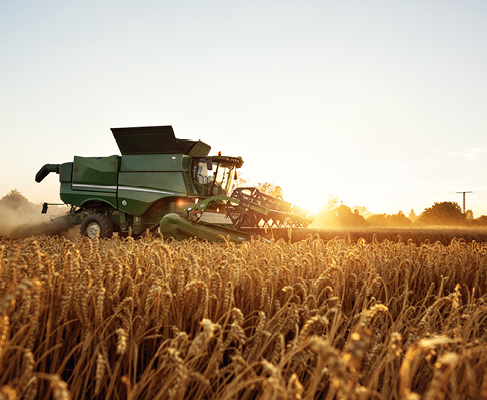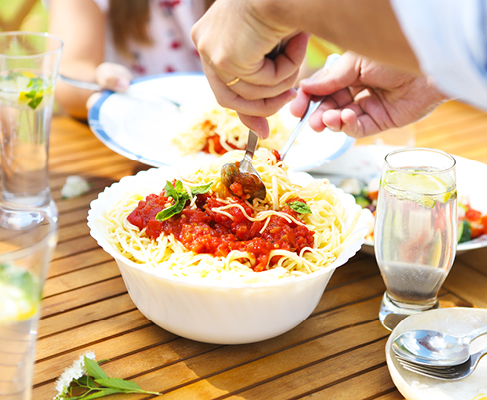Forbes
Forbes is an early-mid season sub clover providing a new and improved replacement for Dalkeith, Losa and Urana (ssp. subterraneum).
BETTER SEED REGENERATION AND DISEASE RESISTANCE FOR MORE FEED
Forbes is more hard-seeded than all other cultivars, apart from Tammin giving it improved tolerance to false breaks. It is best suited to areas with approximately 350-525 mm annual average rainfall. It has been tested in both three-year pasture trials as well as under a one year pasture followed by one year crop, then one year pasture rotation. It shows improved regeneration after cropping compared to other varieties apart from Tammin.
Despite this Forbes will produce more feed than all varieties after crop in its recommended rainfall zone. Forbes is suitable for permanent and semi-permanent pastures.
It can be used in cropping rotations, but at least two years of pasture are required between crops. Its upright, vigorous growth makes it suited to hay and silage production, as well as to grazing by cattle or sheep.
Features
- Sub species subterraneum (black seeded)
- Early-mid-season flowering
- Good hard seed levels
- Seedling redlegged earthmite resistance
Benefits
- Tolerant of water-logging
- Well suited to flood irrigated hay production
- Higher seedling regeneration in years 2 and beyond
- Higher autumn/winter yields from more plants
- Produces more feed in medium-high rainfall zone
- Will re-seed in early season finishes
- Protects against seedling losses with false breaks
Sowing Rates
